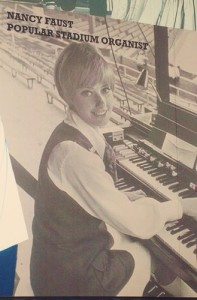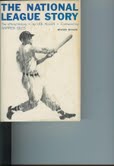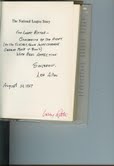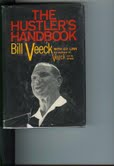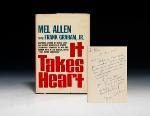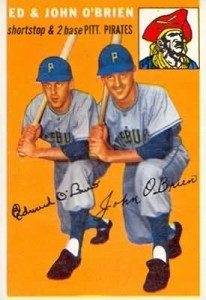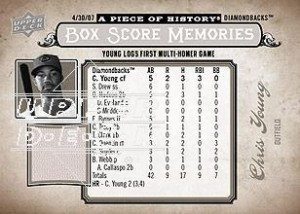
Upper Deck knows it. Every autograph collector should, too.
There is power in a box score.
It’s sad to think that fans or collectors still send form letters to retirees. The letter writers don’t know what to say to a former player.
That’s where wwww.retrosheet.org comes in. You can read about ANYONE’s career, finding out their one best day — or only day — in the majors. Believe me, a player may be too busy competing, or simply trying to survive, in the bigs. They don’t have time to keep a scrapbook. I’ve heard from more than one ex-player amazed I can find that data.
The superb play-by-play website is a treasure trove for fans and collectors. Retrosheet helps us. Now, we can help Retrosheet.
I wrote to the website to offer my thanks to these baseball-loving volunteers. I received an inspiring reply from team member Mark Pankin.
“We have a list of the games for which we do not have (complete) play-by-play accounts:
http://www.retrosheet.org/wanted/index.html
If any of your readers has something, not just the box score–we have all of those, that describes plays, that would be helpful. Even accounts for part of a game may help us. Every so often, we get something from a fan who has attended one of these games and kept the scorecard or discovered a parent’s or grandparent’s old scorebook (in the attic. We have searched the newspapers in the major league cities, but once in a while someone finds an account in an older newspaper in a smaller city such as Peoria, IL or Portsmouth, OH. Libraries in the region may have them on microfilm and there are a few obscure online sources.
A word of warning: looking through microfilms of old newspapers can be both frustrating if nothing turns up and hard on the eyes. On the other hand, reading news from way back and seeing the ads in those days can be a lot of fun. By the mid-1950s with the advent of TV as a news source, most papers had stopped showing play-by-play accounts. Even online searches can be very frustrating. Thanks for your offer to help.”
The stats in a box score aren’t what matter. The batter-by-batter account reinforces that a long-forgotten player made it. For one game, they competed with, and against, major leaguers. They were in “The Show.” That player mattered.
Show you know that when you write to someone. Watch the quantity and quality of your responses increase when you do. Check your scorecard collection. Do you have game accounts you could share, missing links in Retrosheet’s mammoth research chain? Even if you don’t, send them your thanks.
They’re preserving baseball memories. OUR memories!
Like this:
Like Loading...
